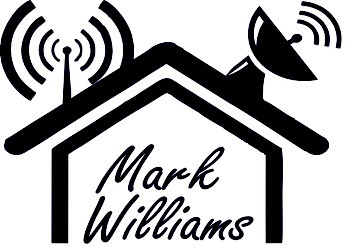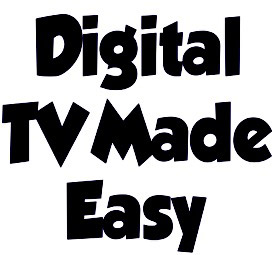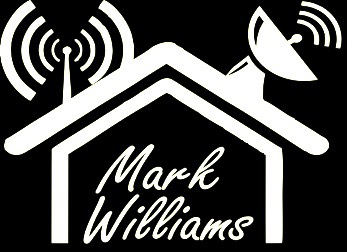Interference to Freeview TV from 4G LTE & 5G (when it comes)
Some Freeview viewers in certain areas of the Country will need to re-tune their TV equipment as local airwaves are cleared for the roll-out of faster mobile broadband. Technical changes will free up frequencies for the future introduction of fourth-generation mobile services.
TV services will be subject to disruption as channels including BBC One, ITV, Channel 4, Channel 5, Film4 and Yesterday are moved to new frequencies. Services at local transmitters may be off-air temporarily. Once these resume, anyone missing channels should re-tune their TV or digital box to get them back. Viewers who can receive signals from more than one TV region may need to manually re-tune to select their preferred services.
Detailed help is available by clicking on this link: Digital UK Website
What is 4G LTE and Why Will It Cause Interference?
LTE (Long-Term Evolution), marketed as 4G LTE, is a standard for wireless communication of high-speed data for mobile phones and data terminals. Sometimes referred to simply as 4G – it is the natural successor to 3G mobile networks, allowing mobile phones to access the internet at speeds similar to many home broadband connections. (It’s also known by some as 3GPP Long Term Evolution).
With 4G LTE, some services will run on the 800 MHz spectrum band, which is close to the frequency used by certain Freeview services. Because of this proximity, viewers who watch Freeview and live close to a new 4G mast, could experience interference. Symptoms for those affected might include a loss of sound, pixelated images or even the loss of all channels. Only those who watch TV channels on Freeview are expected to be affected; you are unlikely to experience any interference if you watch satellite TV. The government has proposed a £180m scheme to fund solutions to the potential TV interference, which will be funded by the mobile operators using the 4G spectrum. Because satellite users should not be affected by 4G interference, further assistance would only be provided to households relying on Freeview as their primary TV service. Almost two million UK homes could face disruption to their terrestrial digital television signal due to interference from the transmission of 4G mobile signals.
The at800 help scheme
The at800 help scheme will focus on the affected homes that have Freeview only, on their main set, as the scheme places a few limits on the help provided. For example, only the main television set in a house will get sorted out, not the second or third devices; while problems with set-top aerials, cable TV devices and local TV services are not covered.The majority of homes will just need to fit a filter that will be supplied via the scheme, including free support for theover-75s and people who are registered disabled. However, around 10,000 UK homes on Freeview may well need to switch to one of the satellite services to avoid a major degradation in their picture.
For help and further information contact us here at ASTEC or go on-line to the at800 website at – https://at800.tv
at800 is a trademark of Digital Mobile Spectrum Limited (DMSL).
They are funded by and represent the UK mobile operators who will be launching 4G mobile services at 800 MHz, EE, Telefonica UK (O2), Three and Vodafone.
Each operator contributes to the £180m in funding – separately from the money they paid to win 800 MHz spectrum licences – to provide corrective support for households whose Freeview services could be affected by the deployment of 4G at 800 MHz, and that use Freeview as their primary TV service.
at800 is also responsible for forecasting which households are likely to be affected as 4G networks are rolled out over the next few years and keeping you updated before the interference happens.
at800’s role is simple:
To make sure you can still watch television when 4G mobile services at 800 MHz are launched.
SHOULD YOU EXPERIENCE A PROBLEM PLEASE CALL ME FOR ADVICE




